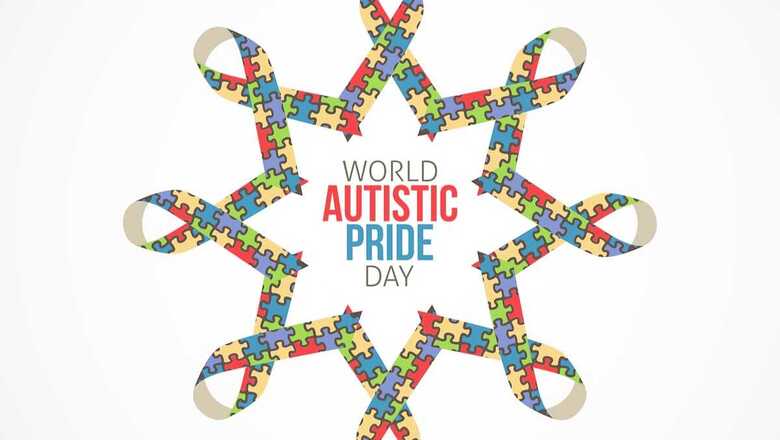
views
Attention deficit hyperactivity disorder (ADHD) and autism are both prevalent childhood conditions. On the surface, they appear to be extremely similar; both can result in reduced attention, reduced interpersonal engagement, and lower social functioning. Yet, they have quite diverse effects on a child’s behaviour.
Let us take a deeper look at various elements of these two behavioural diseases today on Autistic Pride Day. It is critical to establish this distinction early since treatment approaches differ and early therapy has the greatest benefit.
Attention and Concentration
Children with ADHD have poor attention and concentration and, as a result, are unable to focus on an activity, such as studying or reading. Their focus changes from one item to the next.
Children with autism, on the other hand, may seem to be inattentive because just a few things pique their attention. They can, however, give persistent concentration and awareness when involved in a topic that they enjoy, and they may succeed in art, music, science, or math.
Communication and Interaction
Children with ADHD may talk constantly, jump from subject to subject, desire to be the last one to speak and talk without regard for the listener.
Children with autism, on the other hand, have difficulties speaking, relating with others, comprehending emotions and gestures, and engaging in role-play or imitation. Their greatest limits are in social interaction and connection formation.
Discipline and Lack of Focus
Children with ADHD are unable to sustain discipline in any formal settings such as a school. They rapidly become restless with any activity and must continuously switch to a different one.
Children with autism may get obsessed with their preferred hobbies, making it difficult to engage their focus in activities that they do not enjoy.
Hyperactivity and Restlessness
ADHD riddled children are hyperactive and restless. When placed in a room, they may unnecessarily touch numerous items within and squirm from one object to the next.
Autistic children are reclusive and may sit in one area, looking self-absorbed.
Social Activities
Children with ADHD have little difficulty interacting with others. They may attempt to dominate or monopolise talks, yet they struggle to maintain interest in others.
Making or participating in social interaction is a big challenge for autistic youngsters. They have a difficult time communicating with others, and aside from closest relatives, they may have limited people with whom they can bond. They are frequently loners.
Performance and Achievement
Children with ADHD look clever and do not have as much of a speech impairment. Their lack of attention, on the other hand, hampers their overall performance.
Autism is classified into two types: High functioning autism and low functioning autism. Some children may have speech difficulties. Autistic children with low functioning fall below their classmates in overall achievement. Autistic children with high functioning may excel in their chosen tasks.
Read all the Latest News, Breaking News and Coronavirus News here.




















Comments
0 comment